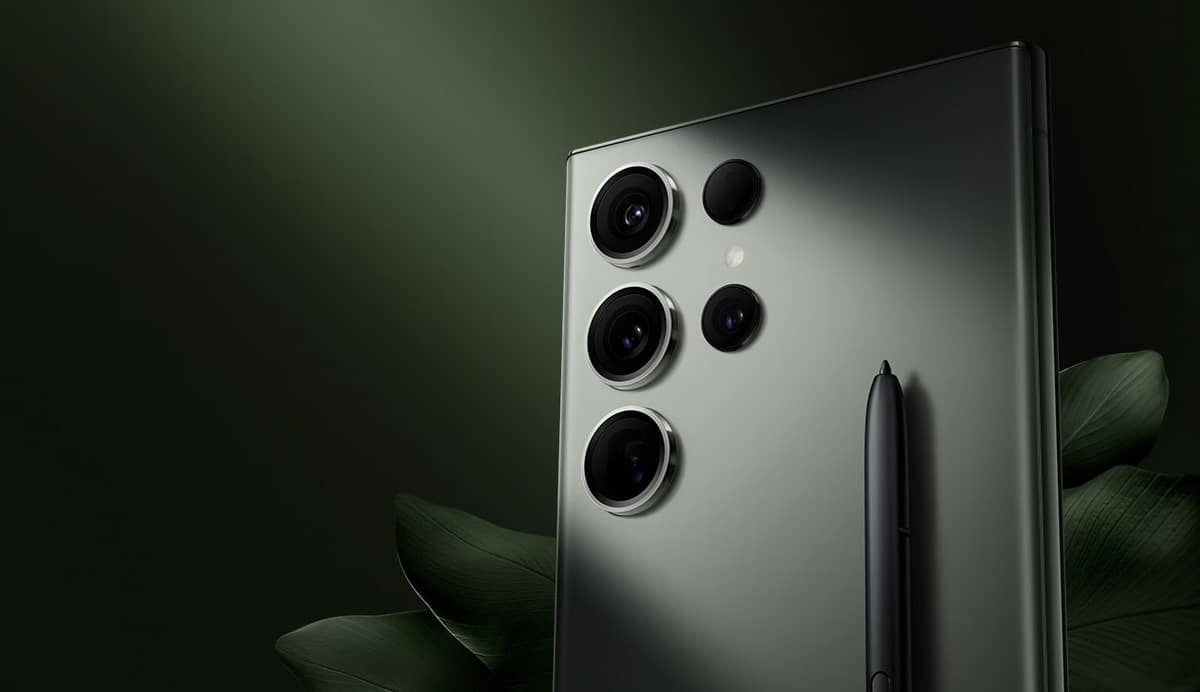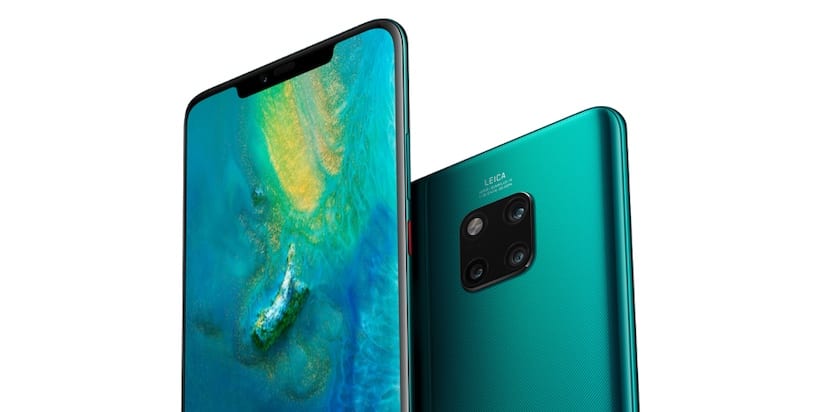
After many months of rumors and speculation, the Asian company Huawei has officially presented the company's new terminals corresponding to the Mate range: Mate 20 and Mate 20 Pro. As you have already been able to read on our website and through our special envoy to event, Huawei's new Mate range hit the market for cbecome something more than an interesting alternative to the high end of the market.
If you intend to renew your old device, and you want to buy one that will last you a few years, the best option, although expensive, is to opt for a high-end terminal. Today, we have at our disposal a large number of high-end terminals, both on Android and iOS. If you want to get out of doubt quickly, then we show you what are the main specifications of each of them.
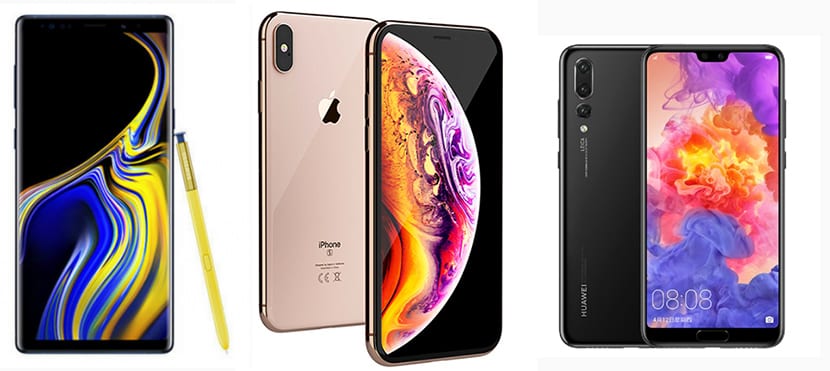
Galaxy Note 9 vs Galaxy S9 + vs Huawei P20 Pro vs iPhone XS vs iPhone XS Max vs Pixel 3 vs Pixel 3 XL vs Huawei Mate 20 Pro vs Huawei Mate 20
| Galaxy Note 9 | Galaxy S9+ | Huawei P20 Pro | iPhone XS | iPhone XS Max | Pixel 3 | Pixel 3 XL | Huawei Mate 20 Pro | Huawei Mate 20 | |
|---|---|---|---|---|---|---|---|---|---|
| Dimensions | × × 161.9 76.4 8.8 mm | × × 158 78.8 8.5 mm | 155x78x8.2 mm | 144x71x7.7 mm | 157x77x7.7mm | 145.6 68.2 × × 7.9mm | 158 76.6 × × 7.9mm | 157x72x8.6 mm | 158x77x8.3 mm |
| Weight : | 201 grams | 189 grams | 190 grams | 177 grams | 208 grams | 148 grams | 184 grams | 189 grams | 188 grams |
| Screen | 6.4-inch Super AMOLED | 6.2-inch Super AMOLED | 6.1 inch AMOLED | 5.8 inch OLED | 6.5 inch OLED | 5.5 inches Full HD + | 6.3 inch QHD OLED | 6.3 inch OLED 19.5: 9 | 6.53 inch 18.7: 9 LCD |
| Decision | 1440 × 2960 px | 1444 × 2960 px | 1080 × 2240 px | 1125 × 2436 px | 1242 × 2688 px | 1080 × 2160 px | 1440 × 2960 px | 1.440 × 3.120 px | 1.080 × 2.244 px |
| Resistance | water / dust - IP68 | water / dust - IP68 | water / dust - IP68 | water / dust - IP68 | water / dust - IP68 | water / dust - IP68 | water / dust - IP68 | IP68 | IP53 |
| Storage | 128 GB / 512 GB | 64 GB / 128 GB | 128 GB | 64 GB / 256 GB / 512 GB | 64 GB / 256 GB / 512 GB | 64 / 128 GB | 64 GB / 128 GB | 128 GB / 256 GB | 128 GB |
| Processor | Exynos 9810 | Exynos 9810 / Snapdragon 845 | Snapdragon 845 | A12 Bionic | A12 Bionic | Snapdragon 845 | Snapdragon 845 | Kirin 980 | Kirin 980 |
| Conference proceedings RAM | 6 GB / 8 GB | 6 GB | 8 GB | 4 GB | 4 GB | 4 GB | 4 GB | 6GB / 8GB | 4 GB / 6 GB |
| MicroSD | Yes up to 512GB | Yes up to 512 GB | No | No | No | No | No | NM Card up to 256 GB | NM Card up to 256 GB |
| Rear camera | 12 mpx Dual variable aperture with optical stabilizer | 12 mpx Dual variable aperture with optical stabilizer | 20 mpx + 40 mpx with optical stabilizer + 8 mpx | 12 mpx Dual with optical stabilizer | 12 mpx Dual with optical stabilizer | 12 mpx f / 1.8 single camera with optical stabilizer | 12 mpx f / 1.8 single camera with optical stabilizer | 20 mpx + 40 mpx with optical stabilizer + 8 mpx | 12 mpx + 20 mpx with optical stabilizer + 8 mpx |
| Frontal camera | 12 mpx | 12 mpx | 8 mpx | 12 mpx | 12 mpx | 8 mpx dual | 8 mpx dual | 24 mpx | 24 mpx |
| Battery | 4.000 mAh | 3.500 mAh | 4.000 mAh | 2.658 mAh | 3.174 mAh | 2.915 mAh | 3.420 mAh | 4.200 mAh | 4.000 mAh |
| Security | Fingerprint sensor and face recognition | Fingerprint sensor and face recognition | Fingerprint sensor and face recognition | Face ID | Face ID | Fingerprint sensor and face recognition | Fingerprint sensor and face recognition | 3D facial recognition and fingerprint reader on the screen | Rear fingerprint reader |
| Pricing | € 1008.99 (128 GB) - € 1.259.01 (512 GB) | € 899 (64 GB) - € 1.099 (256 GB) | € 899 (128 GB) | € 1.159 (64 GB) - € 1.329 (256 GB) - € 1.559 (512 GB) | € 1.259 (64 GB) - € 1.429 (256 GB) - € 1.659 (512 GB) | € 849 (64 GB) - 949 (128 GB) | € 949 (64 GB) - € 1049 (128 GB) | € 1.049 (128 GB + 6 GB RAM) - (256 GB + 8 GB RAM) | € 799 (128 GB + 4 GB RAM) - (128 GB + 6 GB RAM) |
Huawei Mate 20 Pro screen

The new Huawei P20 Pro offers us a giant 6,3-inch screen with an 18.5: 9 format and a resolution of 1.440 × 3.120. The screen technology is OLED type, so we will be able to enjoy any type of content on the terminal with the highest quality that today is possible on a smartphone. By integrating a 3D facial recognition system, the Asian firm has been forced to use a notch on the back, in order to thus iIntegrate the cameras and sensors that allow the use of this technology.
But in addition to the 3D facial recognition system, the screen integrates the fingerprint sensor just below the screen, thus avoiding having to place it at the back, offering us a clean design on the back. The display shows a slight curvature on both sides of the screen, very similar to what Samsung has been offering us in recent years with the Galaxy and Note range.
Huawei Mate 20 screen
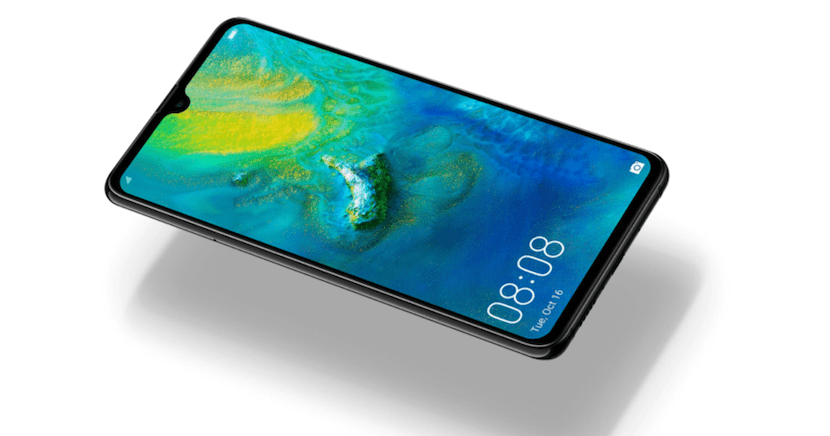
The version without Pro of the Mate 20, offers us an even larger screen, reaching 6,53 inches. Yes indeed, The technology used in the screen is LCD, due to the OLED of the Pro model. The resolution is Full HD + and the screen ratio is also lower: 18.7: 9. The Mate 20 does not offer a 3D facial recognition system, so it has not been forced to have to suffer a design with a wide notch, hence we only find a small notch or tear where the device's camera is located. In that sense, we have to compare the new Mate 20 Pro with the Essential PH-1, the first smartphone to hit the market with a notch.
Huawei Mate 20 Pro cameras
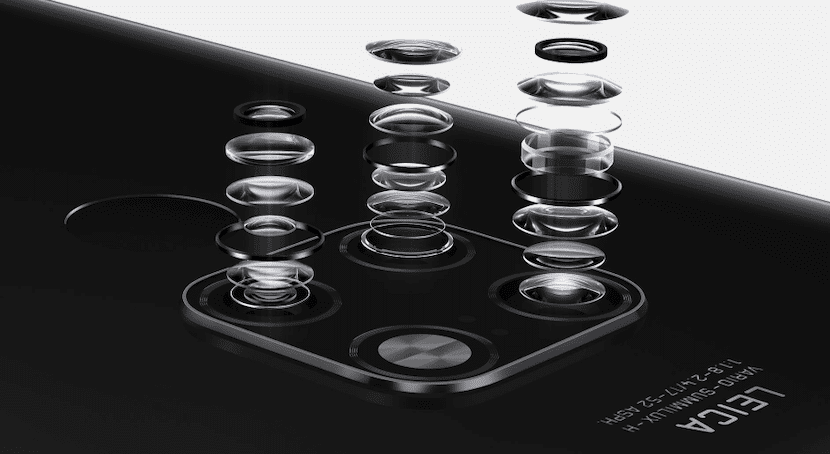
The photographic section is again a very important part in this new terminal of the company. Unlike the Huawei P20 Pro, where the 3 cameras are located vertically, with the Mate 20 Pro, we find them distributed within a square in the upper rear part of the terminal, where we also find the LED flash. The three sensors that are part of the Mate 20 Pro's photographic system are:
- 40 mpx wide-angle main camera with f / 1.8 aperture.
- 20 mpx ultra wide angle camera with f / 2.2 aperture
- 8 mpx telephoto camera with f / 2.4 aperture
Huawei Mate 20 cameras
Although it is true that in the Mate 20 we find the same distribution of cameras, these they do not offer us the same resolutions as the Pro model, although they retain the same opening. The distribution of the cameras of the Huawei P20 are:
- 20 mpx main with f / 1.8 aperture
- 12 mpx wide angle with f / 2.2 aperture
- 8 mpx telephoto camera with f / 2.4 aperture.
Processor of the Huawei Mate 20 and 20 Pro
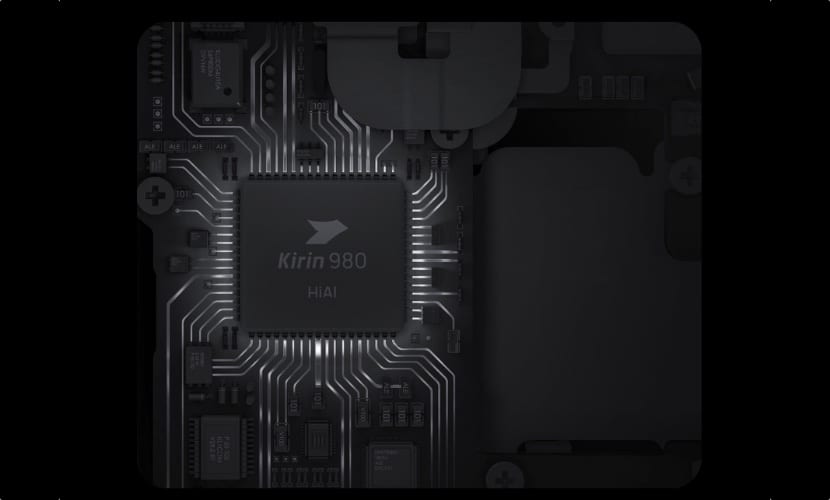
Inside the Huawei Mate 20 Pro we do not find the Snapdragon of the moment, but Huawei blindly bets on the power offered by its processors, being the Kirin 980, accompanied by the Mali G76 graphic who is in charge of managing the performance that this device offers us. This is the first processor manufactured in a 7 nn process and is accompanied by a neural processing unit, with which the Artificial Intelligence capabilities that the terminal can offer us are increased, not only through the camera, but also through through third party applications.
Huawei Mate 2o Pro security

When the iPhone X was presented, the use of the notch was overly criticized by the Android community, which was later adopted by most manufacturers, but for apparent reason, just to follow Apple's design. With the Mate 20 Pro, Huawei has been forced to use the notch to be able to implement all the necessary technology to be able to offer a face recognition system that works really well and in 3D, not like the one offered by most manufacturers.
The other security measure that it offers us, we find it in the integrated fingerprint sensor under the screen, a sensor that according to the first tests, offers us a slightly slower operation than the traditional button, but that allows us to unlock the terminal when the recognition of our face does not work as it should.
Huawei Mate 20 security
The Huawei Mate 20, only offers us as a security system to prevent access to the terminal to third parties, a fingerprint sensor on the back of the device, unlike the Pro model that integrates it under the screen and also integrates a 3D facial recognition system.
Autonomy of the Huawei Mate 20 and Mate 20 Pro
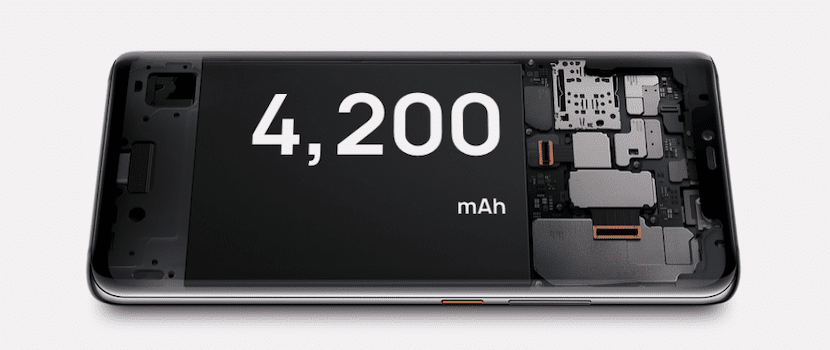
The battery of the new Mate 20 and Mate 20 Pro that the company has presented are a fundamental part of these devices so that at the first change, our smartphone does not turn off. In this sense the Mate 20 Pro integrates a 4.200 mAh battery supports fast charging in addition to wireless. For its part, the Mate 20, with an LCD screen and a larger screen size, offers us a 4.000 mAh battery compatible with fast charging, a capacity that draws especially attention, since the consumption of the LCD panels is higher than that of OLEDs.
